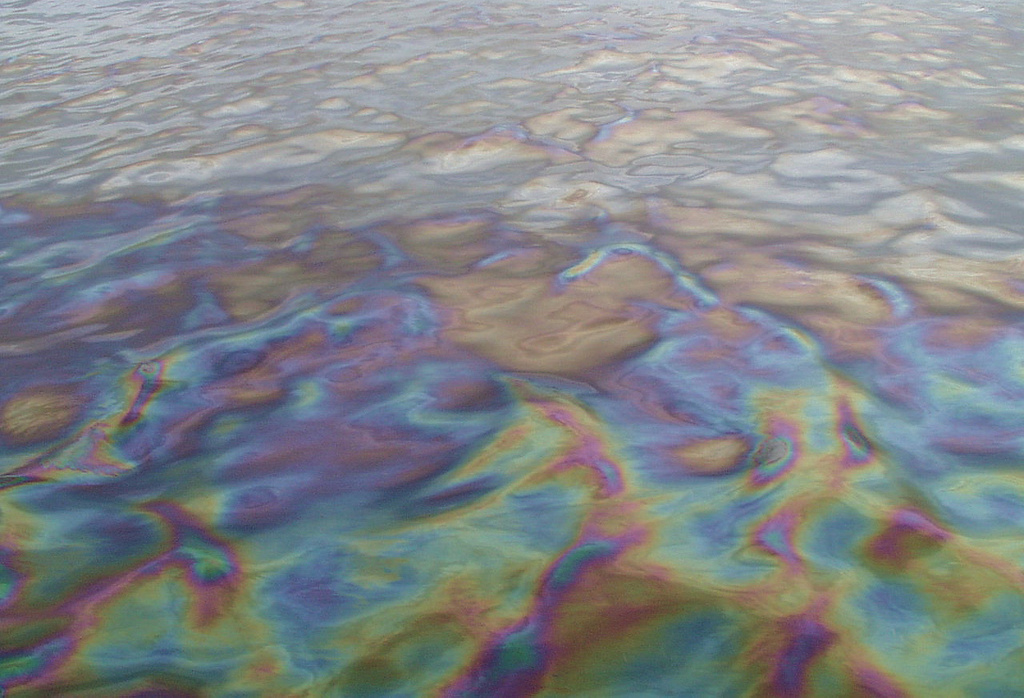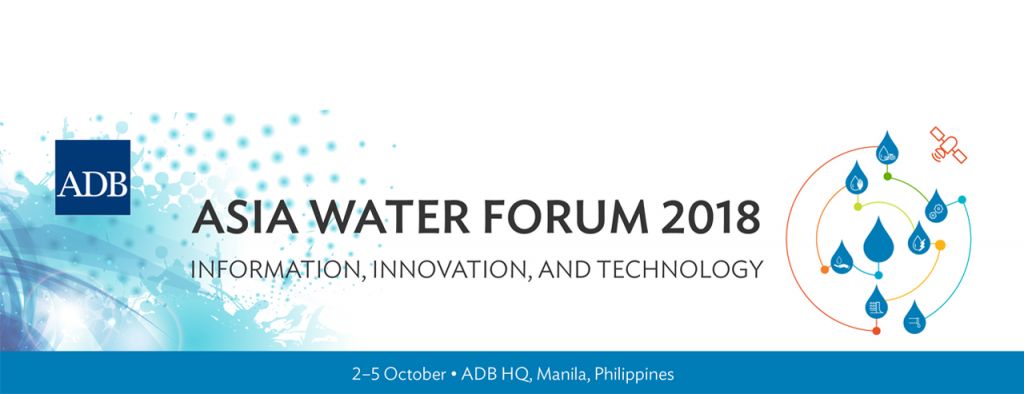Oil Spill Detection from Space:
10 October 2018
Two ships collided off the coast of Corsica in the Mediterranean Sea on the 7th of October, leaving a 46 km long oil trail.
The oil spill was detected by the Sentinel 1 satellite which carries a synthetic-aperture radar (SAR) instrument. We have monitored the oil spill as it progressed in the following days after the ship collision, and using advanced image analytics we are able to map the actual surface covered with the spill. This type of image analysis serves as valuable validation data for oil spill modelling, as it gives clear evidence of where the oil was located at a specific time. The oil spill models can tell responders where the oil is most likely to travel and if it is threatening vulnerable natural resources.
Contact us at gras@dhigroup.com if you want access to the imagery in full resolution or if you are interested in hearing more about oil spill detection from space.
EOatDHI part of the DHI GROUP
gras@dhigroup.com
+45 4516 9100
Agern Alle 5,
2970 Hørsholm,
Denmark
CVR: 36466871



